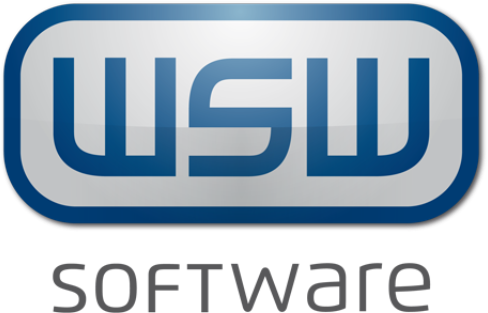Industrial companies use various methods and approaches to optimize their production. Elements of lean management, including shopfloor management (SFM), have proven particularly effective. It establishes the claim of continuous improvement in production. If implemented correctly, this results in considerable organizational and economic advantages.
Definition Shopfloor Management
The term shopfloor management comes from production. The word "shopfloor" stands for the place where value is created. The term "management" further refers to the optimization of management and leadership tasks of a production. To achieve this optimization, shopfloor management makes use of various elements of lean management that managers and employees implement together at the point of value creation. Managers go directly to the point of action to provide the workforce with first-hand information, to qualify them and to increase their motivation.
What are the goals of shopfloor management?
The primary objective of shopfloor management is to continuously optimize internal processes in manufacturing in order to achieve company goals and meet customer requirements. To this end, production employees are enabled by management to integrate continuous process improvement into their daily business. To ensure that the continuous improvement process can be controlled by the staff themselves, it is important to strengthen their self-management skills in a targeted manner.
In addition, there are some sub-goals derived from continuous process improvement:
- Establish structured problem solving in production
- Improve the production flow and manufacturing process
- Optimize communication
- Create autonomous teams to enable performance optimization
- Positively influencing business success
What are the components of store floor management?
A functioning shopfloor management requires several elements and parties that are closely interwoven and work on the continuous improvement process:
- The guide
- The communication
- The visualization
- The structured problem solving
Let's take a closer look at these building blocks.
The guide
Leadership plays an important role in lean management. The lean approach results in three important requirements for employee leadership, named after Japanese origin:
- Hansei: Self-reflection is essential, a positive culture of error should be created.
- Genchi Gembutsu & Gemba: Leaders often stay on the scene. Leading on the spot provides a better understanding of problem causes.
- Hoshin Kanri: The directional leadership style aimed at reducing a company's long-term vision to the team's goal.
The communication
Communication is closely linked to employee management. It takes place on the shopfloor and at eye level. Managers should primarily coach and strengthen the self-management skills of employees.
Furthermore, communication is important for management to receive first-hand information and to know the current status in production at all times. As a result, decisions can be made in a practical and situation-oriented manner.
The visualization
Another important element in store floor management is visualization. The goal here should be that all important data from production is presented in a comprehensible way. This is often done via store floor boards, which clearly display the most important information and key figures from production.
Employees are hereby enabled to answer the following questions:
- What are the tasks and goals of the team?
- What processes are currently underway and what problems are associated with them?
- How big are the deviations between target and actual state?
- What are the problems and how can they be solved?
The structured problem solving
If problems exist in the company, they must be structured and solved in a sustainable manner. This requires a systematic approach. The goal is to enable employees to solve problems independently. There are various problem-solving methods for this purpose, all of which are based on the PDCA cycle according to W. E. Deming. This consists of four steps that are repeated over and over again:
- Plan (Plan)
- Do (implement the problem solution or improvement measure).
- Check (check the effectiveness)
- Act (evaluation by management board, derivation of new targets)
What are the advantages of shopfloor management?
When implemented correctly, shopfloor management offers a whole range of benefits that can impact almost every area of the business.
However, the focus is on the following aspects:
- Sustainable problem solving
- Optimized use of resources
- Efficient control and planning of processes
- Greater transparency of target/actual states
- Increased self-discipline of the teams
- More efficient communication
What are the challenges in shopfloor management?
In practice, however, there are a number of hurdles that can make shopfloor management more difficult. In particular, there is a lack of cooperation between management and employees, which restricts the flow of information. Further on, missing or insufficient data to identify improvement potentials can also be an obstacle. But too much focus on control, departmental thinking and an unrealistic schedule also stand in the way of success.
Conclusion
Whether in mechanical and plant engineering, the automotive industry, the chemical industry or other branches of industry, companies can benefit considerably from professionally implemented shopfloor management. They achieve a better flow of information, create transparency, improve on their own initiative and reduce their costs. Shopfloor management is also a basic prerequisite for establishing successful and modern management approaches such as Lean. Therefore, there is hardly any way around it for industrial companies to deal with the methodology.
FAQ
We explain the most important terms related to shopfloor management here:
Shopfloor management is the control of manufacturing processes in industrial companies through the active presence of managers. The primary goal is to continuously improve internal processes.


